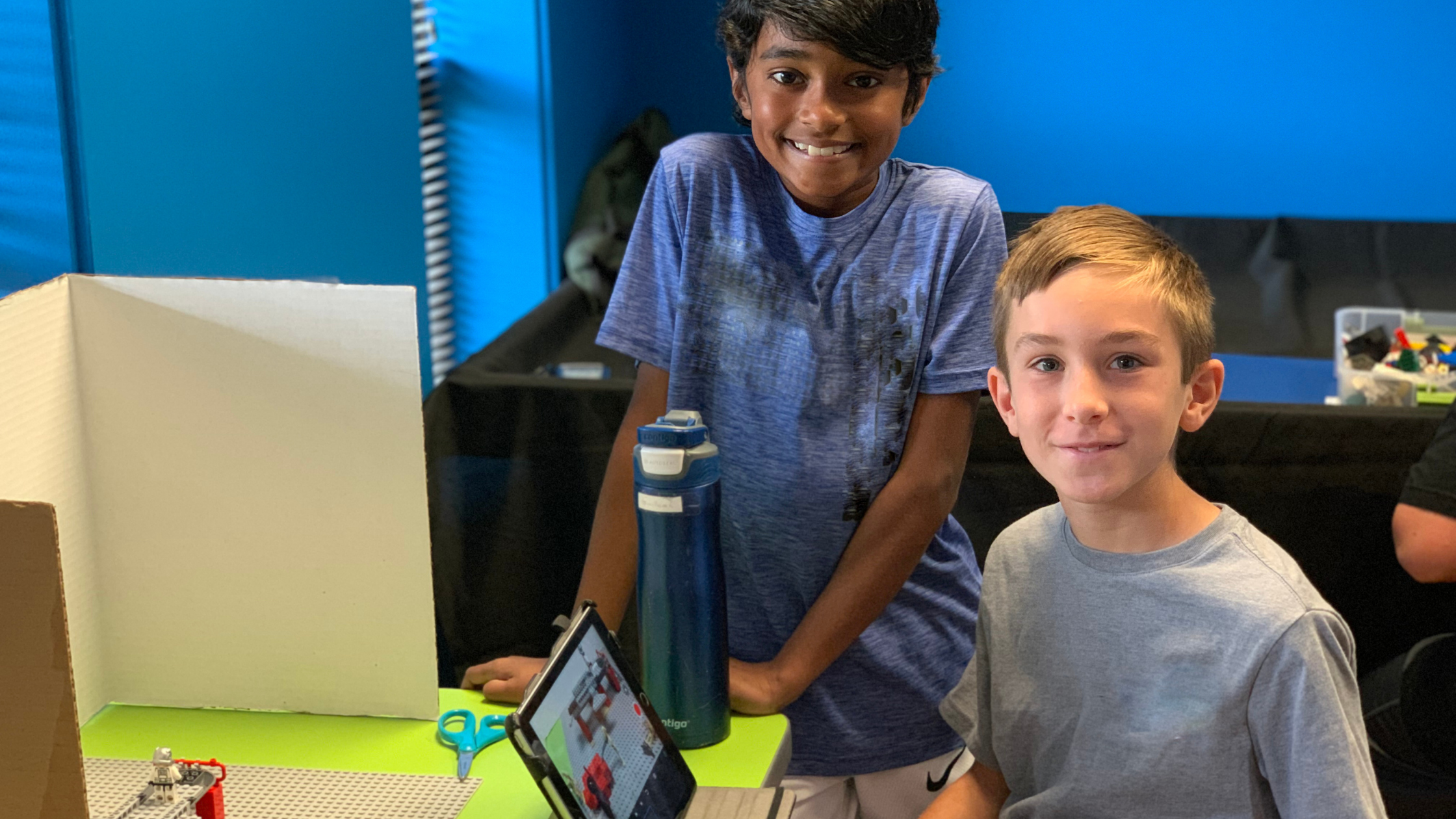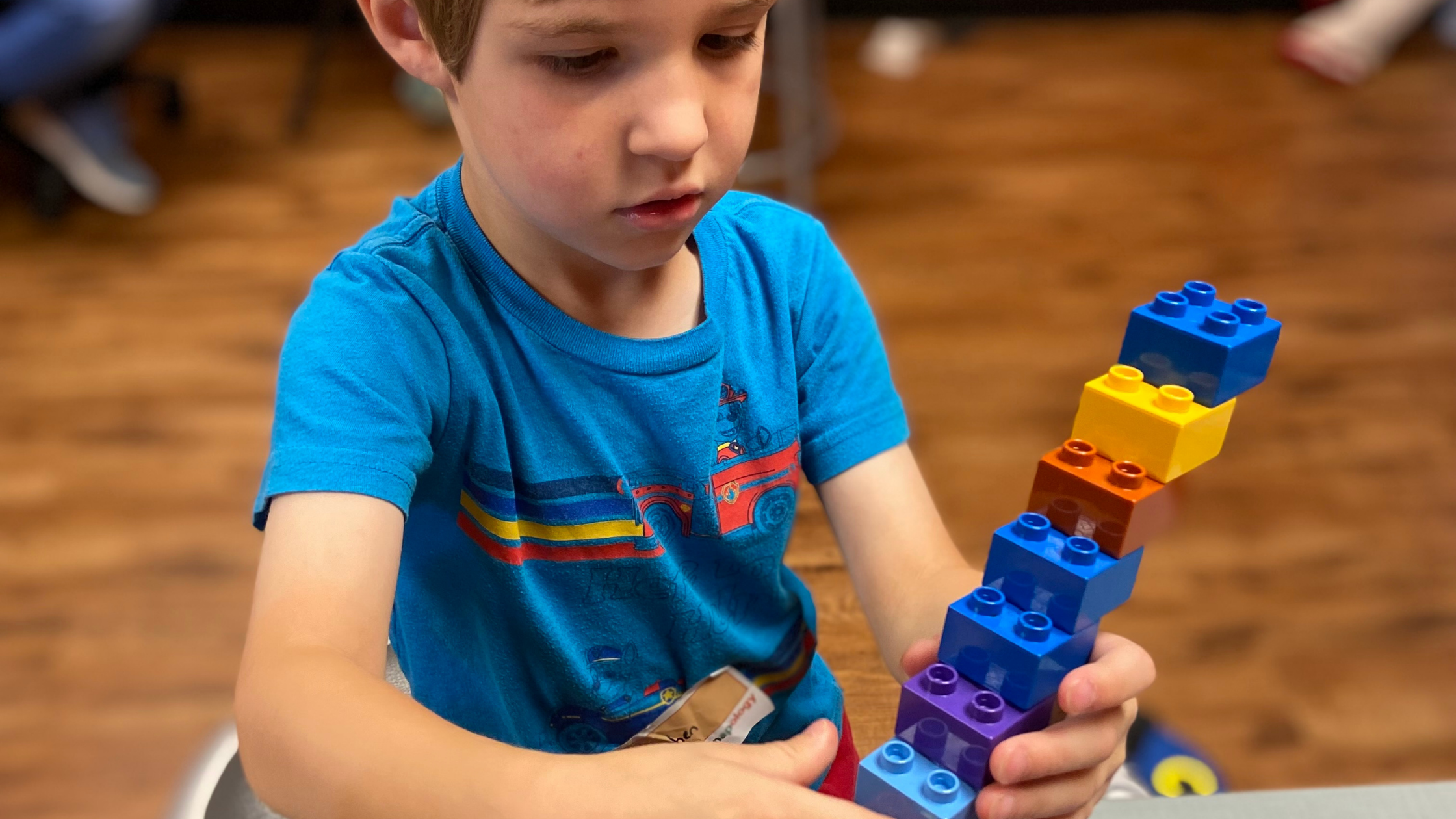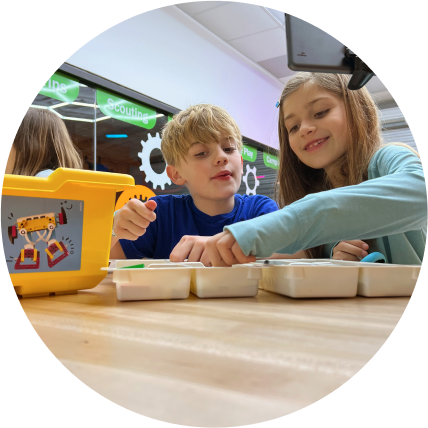Getting right back to the grind and staying motivated after holidays or summer break can be tough for little learners. Snapology wants to help your family start their new routine off strong! We’ve put together five tips to help you keep your kids motivated all year round.

Be involved and show interest in your child’s schoolwork
Ask your child about their day, what they are learning, and let them know that you are there to help. Make sure you are fully engaging with your child with your screens down and your eyes on them. This is a fantastic opportunity to practice conversational etiquette with your child and to keep tabs on their social-emotional well-being. Remind your child (and yourself) that you are on the same team and work together to figure out how to navigate through learning slumps and anxieties.

Encourage your child to think about the big picture
Try to find ways to relate your child’s schoolwork with current events or real-world examples. Framing homework within the bigger picture gives students a more purposeful learning platform and shows them that what they are working on matters. Ask your child open-ended questions about what they are working on. Provide opportunities for play and experimentation. Work through theories and ideas together. Going into schoolwork with this frame of mind invites students to grasp abstract concepts and flex their critical thinking skills.

Stay positive
Positive attitude and positive reinforcement will go a long way with your child and their relationship with schoolwork. Break your child’s homework into smaller tasks and praise them after each task is completed. Praise could range from verbal encouragement to hugs or high fives. Label your verbal praise with specific compliments like “Your handwriting is really showing improvement” or “I’m proud of how focused you were on your homework for these last five minutes.€

Set short- and long-term goals
Create a schedule or action plan to achieve short- and long-term goals together and independently. Pair each achievable goal with rewards to show your child that their hard work is being noticed and appreciated. Don’t want to reward your child with treats or extra screen time? We know those types of rewards can be a slippery slope. Have a “reward€ jar full of parent-approved rewards like a trip to the library, a Snapology playdate, or one-on-one time where you dedicate your time and attention solely on your child playing with their favorite toys, drawing pictures together, or using your imaginations. Be sure to reward effort as well as outcome!

Be patient and consistent
Set up a quiet “homework spot€ with an extra chair so that you can both meet up and work on problems and projects together every day around the same time. When you and your child work together in the homework spot, make sure your full focus is on them. Remind yourself that this is a learning experience for both you and your child. You may find that your child has a hard time focusing, grasping new topics, or communicating. Be patient with their struggles and offer reassurance during frustrating times or tantrums. If you believe your child may have a learning disability or want to learn more about their learning style, reach out to their teachers, your school district, or a professional in the behavioral health or learning disability space. Find out more about these resources here.


